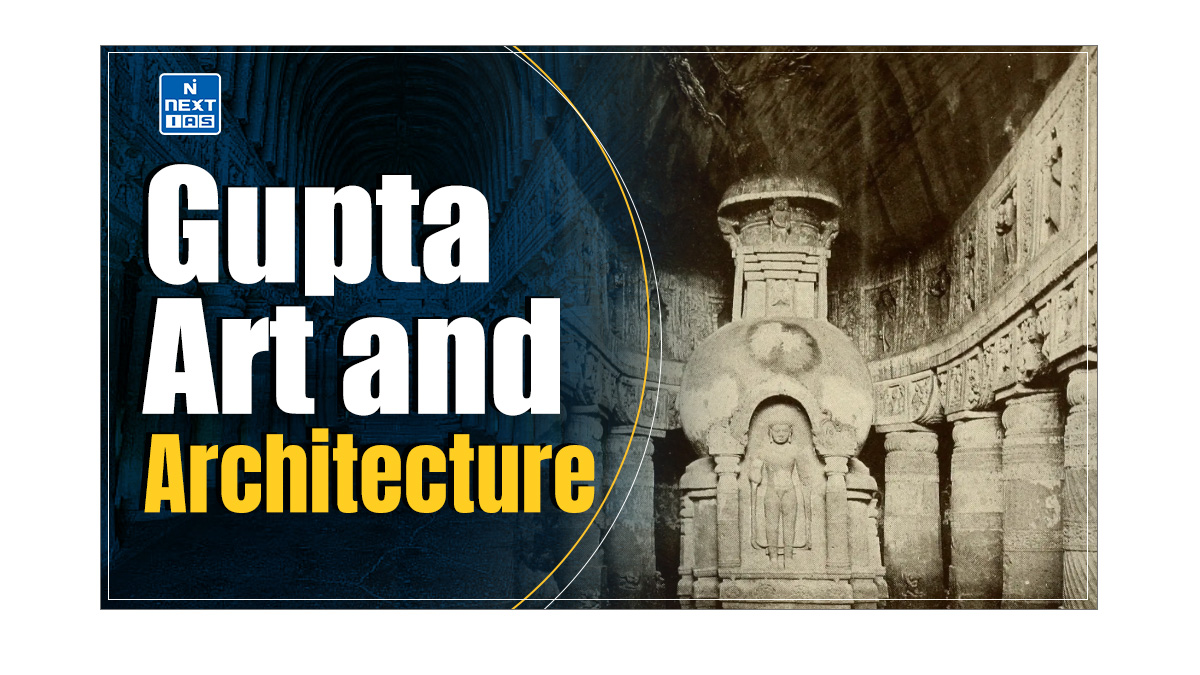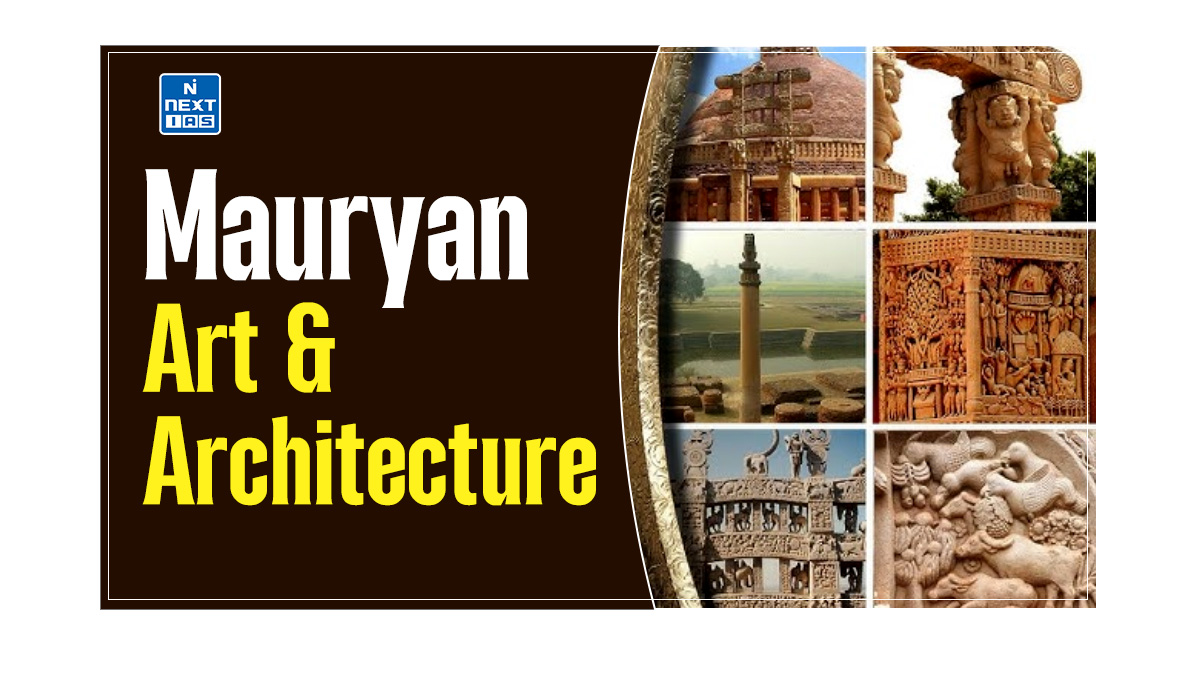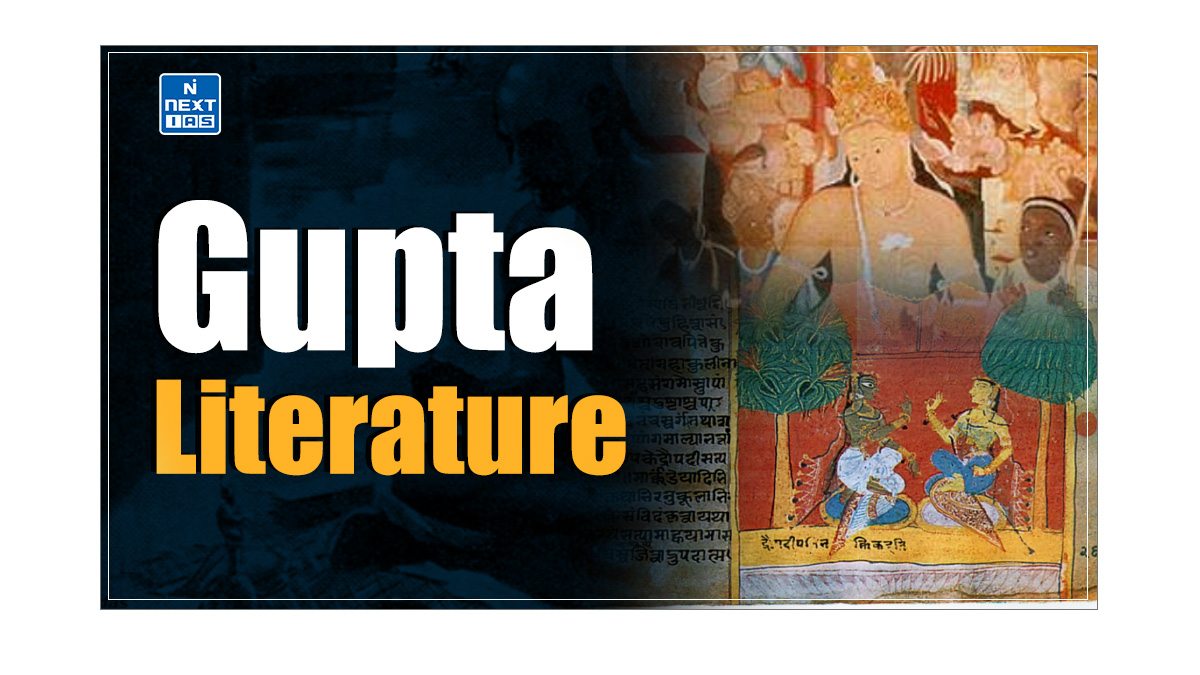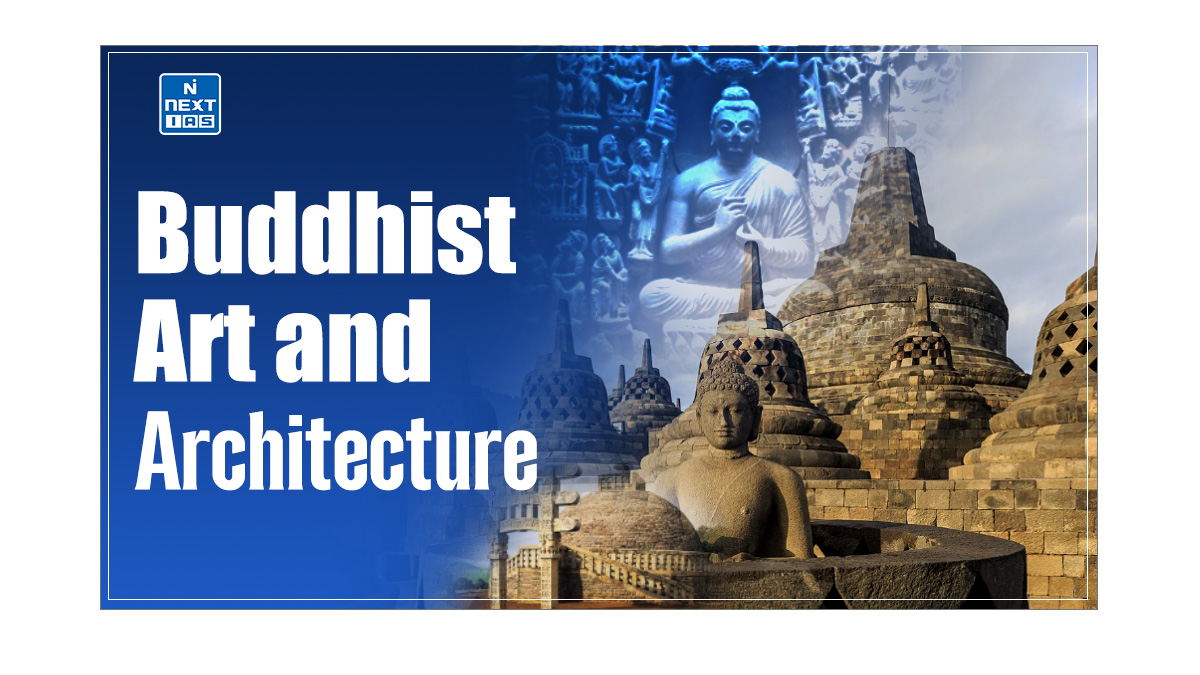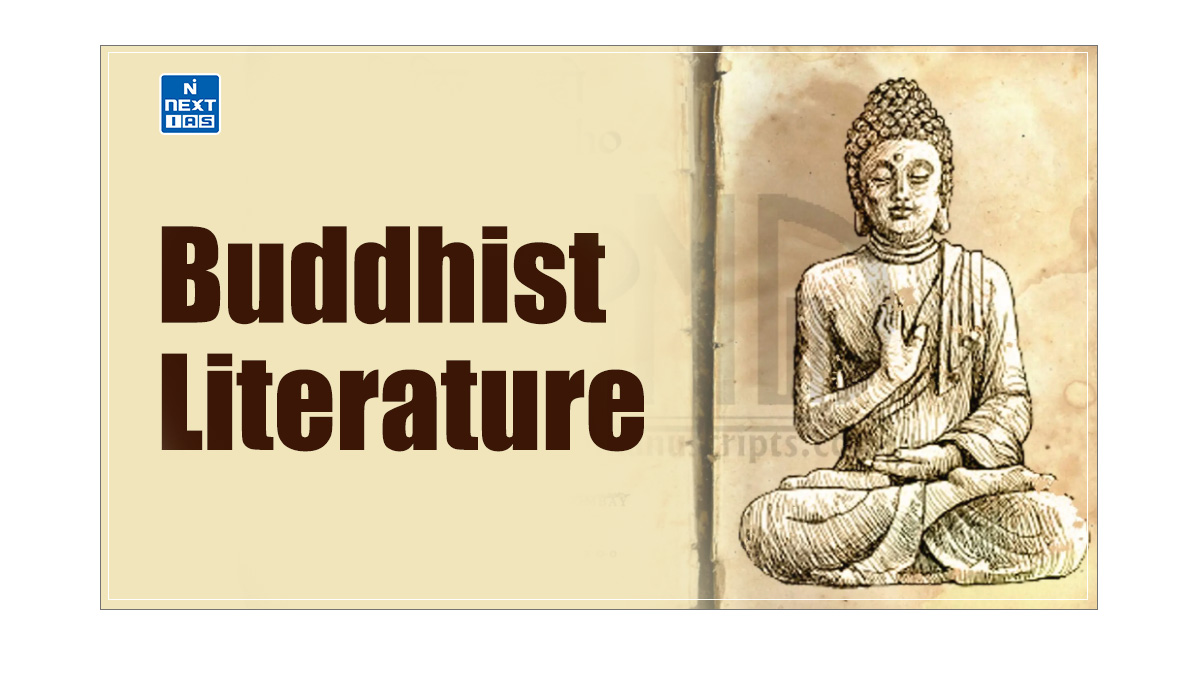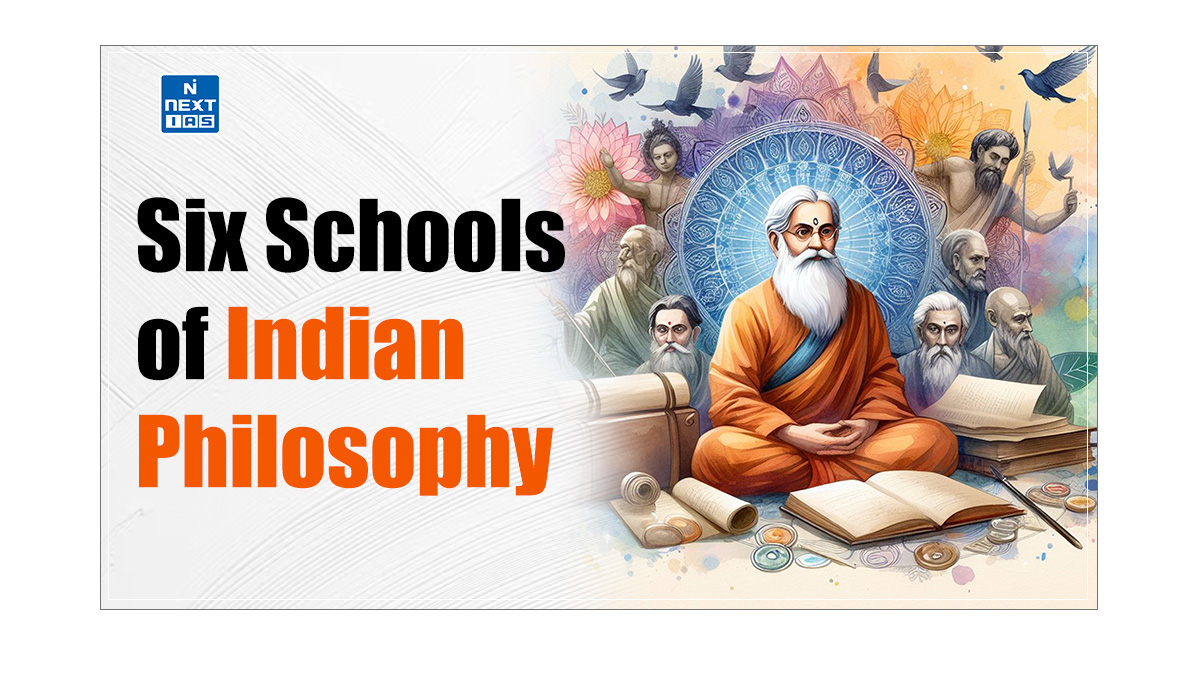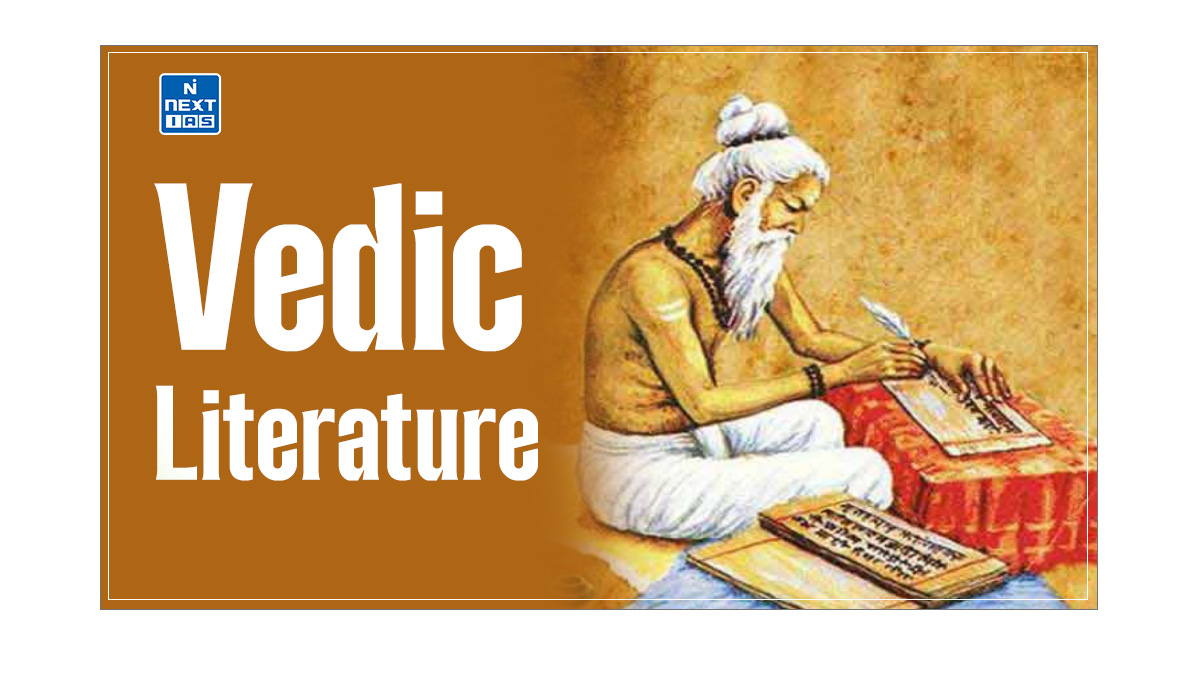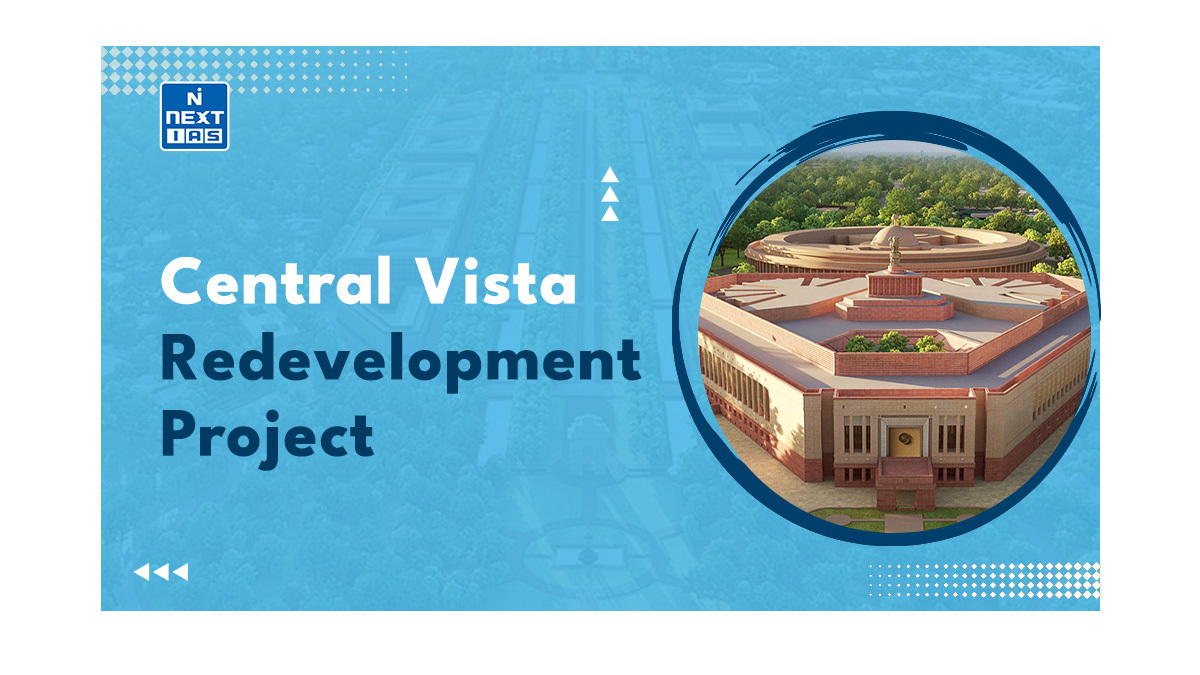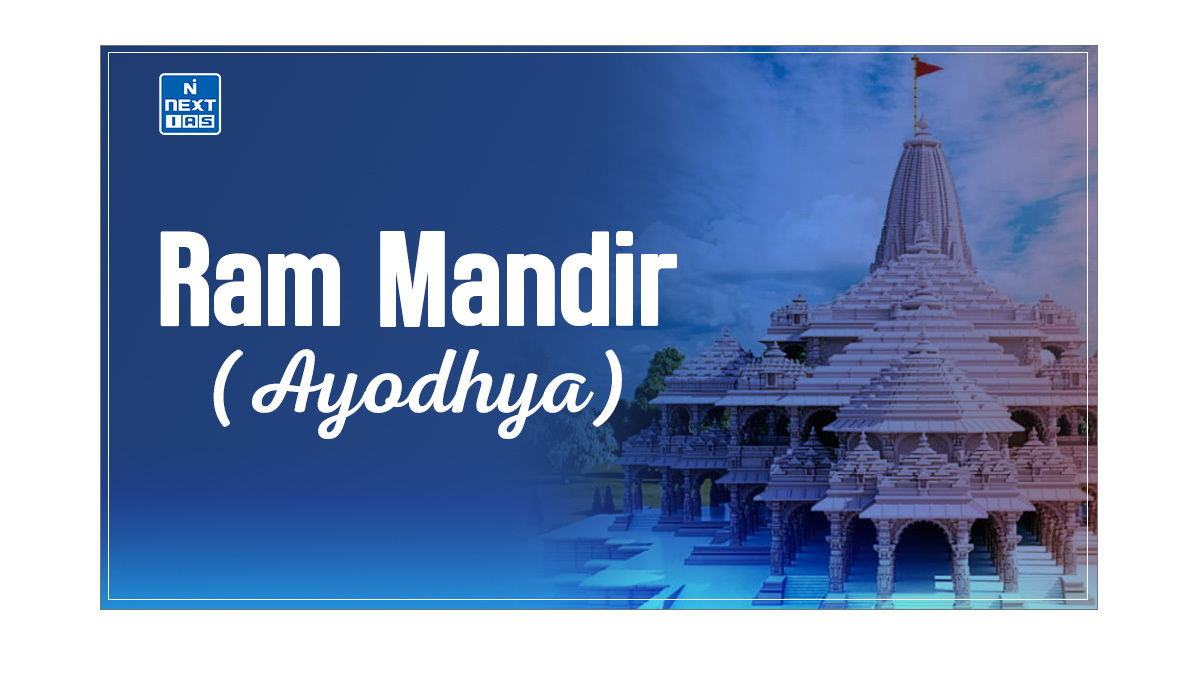Art and Culture Notes for UPSC
‘Art’ is the creative expression of one’s experiences, emotions and other qualities. On the other hand, ‘Culture’ is the ensemble of social forms, material traits, customary beliefs, and other human phenomena that cannot be directly attributed to a genetic inheritance of a religious, racial, or social group. Considering the importance of Art and Culture notes and its weightage in the UPSC CSE both for Prelims and Mains, we have compiled topic-wise Art and Culture notes curated for UPSC aspirants. Here’s a complete topic coverage:
UPSC Art and Culture Study Material
The importance of well-structured notes always remains in UPSC CSE preparation as it plays a very crucial role in the overall preparation journey - Prelims, Mains and Interview. It not only facilitates effective assimilation and comprehension of concepts but also aids in easier internalisation and recall during the examination. It facilitates in enriching answers as the ability to link concepts with diagrams, and contemporary issues, gives an edge over other aspirants. In case of prelims, concise notes helps recalling factual information and accuracy ratio enhances. To be well equipped with any subject, the do’s includes firstly the PYQs and secondly the syllabus of the subject.
Important Topics for Indian Art and Culture
To begin with reading Indian Art and Culture, one can start with NCERT Books to have a grasp over the basic concepts to build a strong foundation for the subject. Moreover, there are numerous coaching study materials available in the market, at NEXT IAS we aim to provide the most relevant and important attributes of the subject as per the actual demand for UPSC CSE, aligned with the core requirements of the examination.
Therefore, it is advisable to use NCERTs, reliable sources & standard books, and keep them updated with effective current affairs coverage.
Indian Art and Culture can be widely fragmented into the following Modules and topics:
Module 1: Visual Arts
Visual Arts forms the inception part of Art and Culture as a subject that includes:
- Indian architecture: The architecture of India from ancient times to the present. Ancient architecture includes Indus Valley (Harappa), Mauryan (Pillars, Palaces, Caves), Post Mauryan, Gupta period (Caves, Temple) etc.
- Temple Architecture: The temples in India are regarded as a holy place of worship. Temple architecture includes various forms such as Nagara style(Odisha Style, Chandela Style/Khajurao Style and Maru-Gurjara Style) in northern regions of India. Likewise there are Dravidian, Vesara, Vijayanagar and Hoysala Architecture in the southern part of India.
- Sculpture: It includes the sculptures from the ancient times of Indus Valley(Seal, Terracotta, Bronze sculpture, Ornament, Bearded Priest, Red Sand stone sculpture). Mauryan Sculpture comprises Didarganj Yakshmi. The post Maurayan era includes Gandhara School, Mathura School and Amarawati School. The Sultanganj Buddha at the time period of Gupta empire.
- Painting: Includes Murals(Ajanta, Ellora, Bagh, Aramalai and Sittanvasal Cave), Miniature(Mughal, Rajasthan, Pahari and Deccan Paintings), modern such as Bazar Paintings and folk paintings such as Madhubani, Pattachitra, Patua, Warli, Pithora etc.
Module 2: Performing Arts
Performing Arts forms the mid-potion of Art and Culture that comprises of the following:
- Indian Music: It includes classic(Dhrupad, Khayal), folk(Ovi Lavani) and a mix of both (Classical+Folk) such as Sugam sangeet, Gana sangeet etc.
-Musical Instruments includes Avanada Vadya, Ghana Vadya, Sushira Vadya Tata vadya etc.
- Dances of India consists of Classical dances such as Bharatanatyam, Kathak, Kuchipudi etc.
-Folk dances of India comprises North, Central, East, South India etc.
- Indian Theatre includes Classical Sanskrit Theatre and Folk Theatre.
- Indian Puppetry comprises String, Shadow, Glove and Rod Puppet.
Module 3: Miscellaneous
Miscellaneous form of Art includes the last part of Art and Culture that comprises of the following elements:
- Indian Philosophy includes Orthodox School (samkhya, yoga, nyaya, vaisheshika, mimamsa and vedanta). In Vedanta philosophy, various great intellectuals and saints include Shankaracharya, Ramanuja, Madhwacharya, Nimbarkacharya and Vallabhacharya. On the contrary, Charvaka / Lokayata and Ajivika form the Unorthodox School.
- Indian Language & Scripts comprises Classical languages and Scripts such as Indus, Brahmi, Kharosthi, Gupta, Sharda, Modi.
- Indian Calendar includes Vikram Samvat, Shaka Samvat, Hijri Calendar and Gregorian Calendar.
- Ancient Ports
- Traditional Sarees
- Handicrafts
- Martial Arts
- Bronze Crafts
- Metal Embroidery
- Important Books and Foreign Travelers
- Literature
UPSC Prelims Art and Culture Notes Making Strategy
The art of making UPSC notes for art and culture as a subject matter needs the following mentions to be considered a good quality note.
- Concentrate on Static topics first such as Architecture, Dance forms, UNESCO sites, recent GI-Tags etc.
- Prepare concise notes and flashcards for multiple revisions.
- Make a decent use of mind maps to link art forms with respective regions or dynasties.
- Revise the notes regularly(daily/weekly/monthly) to retain for a longer time period.
- Practice mock tests of any reputed coaching institute to apply your knowledge of art and culture. NEXT IAS provides a comprehensive and high quality yearlong test series for UPSC CSE Prelims and Mains.
Significance of Art and Culture in UPSC
Art and Culture as a discipline comprises an integral part of Paper-1 in UPSC CSE Prelims and GS-1 (Paper-2) in UPSC CSE Mains. At a macro level, factual questions are asked in prelims but still an analytical approach( at micro level), that comes eventually from answer writing practice for mains exam, is needed to solve them. This knowledge plays a crucial role in both Essay writing and Interview stage as well.
FAQs: UPSC Art and Culture Notes
Which is the best Art and Culture book for UPSC ?
Begin with “Indian Art and Culture” by Nitin Singhania for the UPSC CSE exam. The book comprises the topics like Indian Architecture, Dance, Music, Painting, UNESCO world heritage sites etc specifically as per the syllabus of UPSC CSE Prelims and Mains syllabus.
Where to study Art and Culture for UPSC ?
Next IAS is the best coaching Institute for Art and Culture discipline. With over a decade of teaching experience, Rahul Sengar sir, an IIT-BHU alumni is the best faculty for the subject Art and Culture in UPSC CSE domain.
Is Nitin Singhania enough for Art and Culture ?
No, it's not enough. Basic NCERT books play an equally important role in building the foundation for the subject.
How to prepare for Art and Culture?
One can begin reading with the basic NCERT books for Art and Culture to have a robust command over the subject. Next IAS- Rahul Sengar sir, an IIT-BHU alumni is the best faculty for the subject Art and Culture in UPSC CSE.
